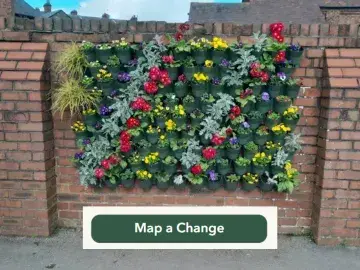
Add a pond or rain garden
Create reflections of light, curiosity for students, and a cooling factor to your school grounds by installing ponds or rain gardens.
Adding freshwater is one of the best things you can do to invite nature into your space.
Better still, think about water flow across your site as a whole and plan sustainable drainage systems that slow the flow of water and direct it away from hard surfaces and towards plants and wetlands.
Three ways to add water habitats:
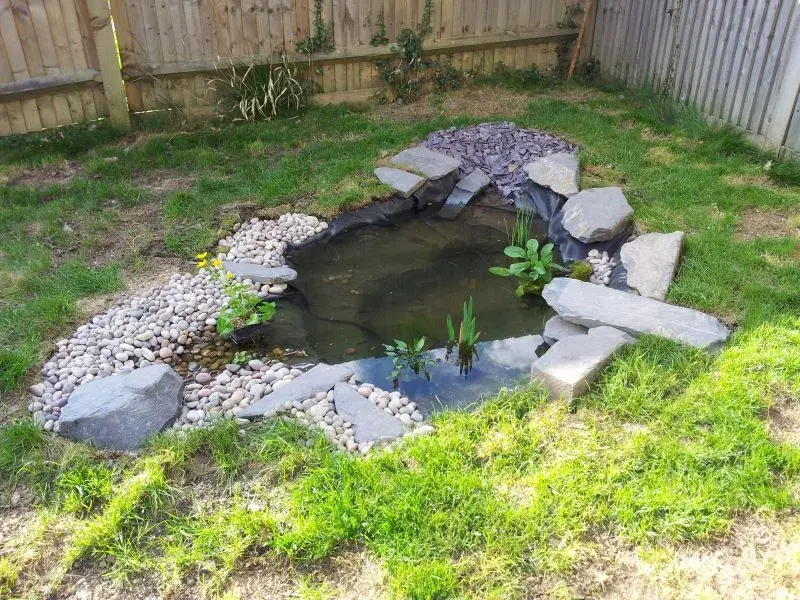
1. Add a pond
- Any size, from small container to large wildlife pond
- Choose a site near long grass or natural habitats if you can
- Add native pond plants
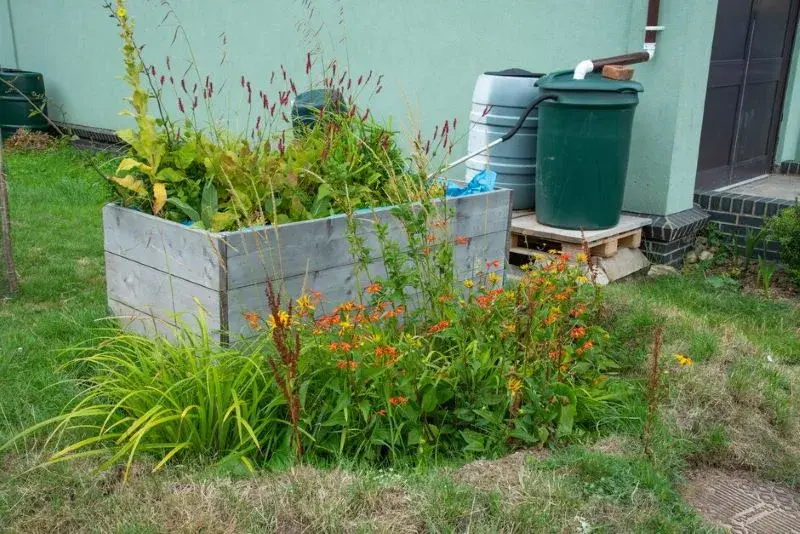
2. Make a rain garden
- Direct a drainpipe into a planter or garden area
- Carefully plan where water will flow
- Add plants that enjoy different levels of water / drought
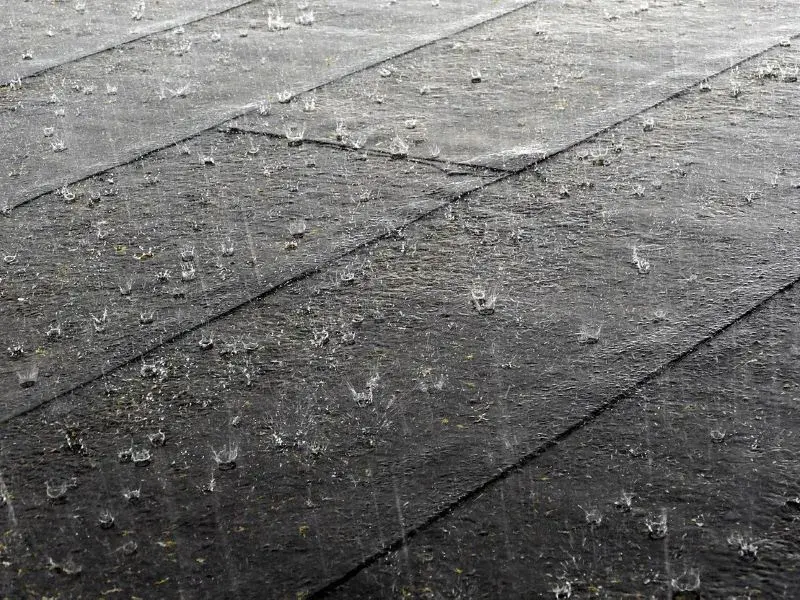
3. Take a whole site approach
- Consider water flow across your whole site
- Place ponds or bog gardens where water naturally pools
- Create a network of ponds and rain gardens to manage water flow
Detailed guidance
Make a big splash for nature guide (WWT) shows you step-by-step how to make five different styles of pond including wildlife ponds, bog gardens and container ponds. It also includes lists of plants suitable for different water habitats, and advice on looking after your pond throughout the year.
For rain gardens, we recommend this guidance on creating a rain garden or rain-fed wildlife pond, and the UK Rain Garden Guide which also includes guidance and case studies from schools.
This Guide to Sustainable Drainage Systems (RSPB and WWT) helps you to think holistically about your site, or get inspiration from this school case study.
Measure and celebrate your impact
- Mapping your site before you change a habitat means you’ll be able to visualise and monitor the changes you’ve made.
- In the area where you plan to put the pond or rain garden, do a baseline survey such as the Pollinator Count or record any plants or animals you can find using the iNaturalist app, to understand what is living in this space before you make the change. Then repeat it afterwards, to see the incredible impact you’ve made.
- Add your new pond or rain garden to the Nature Park map using the Mapping Change tool. You can upload before and after photos and monitor the impact you are achieving for nature. Your new wetland will then be part of nationwide science research into nature recovery.
Case study: The Nature Park's first boost for biodiversity
Benefits for people and nature
Even the smallest areas of freshwater can support a wide range of living things that could otherwise not survive – those that live their whole lives in water and those that depend on it for parts of their lifecycle, as well as those that visit to drink, bathe or eat.
Ponds and other wetlands can also help mitigate the impact of extreme weather events due to climate change. They store excess rainwater, reducing the risk of flooding during heavy rains. During dry periods, the stored water gradually releases, maintaining water availability for surrounding plants and wildlife.
Pond dipping is fun, allows young people to explore life cycles and habitats, and the wider area around a pond is great for finding wildlife such as insects and other invertebrates. Time spent near water has been shown to reduce stress levels and promote mental wellbeing - why not create a calming environment that can help young people with self-regulation. As long as safety and environmental sustainability are planned in from the start, they are a great addition to any site.
Common questions
- What do you mean by ‘sustainable drainage’?
Sustainable drainage systems (sometimes called SuDS) aim to manage rainwater flow across a site so that it soaks into the ground, pools in ponds and/or is used by plants rather than running directly into drains and pipes, and flowing into the sewerage system. It’s a more environmentally-friendly way of managing rainwater. - What time of year should I do this?
You can build a pond or rain garden at any time, but if you start in autumn or winter, you will disturb existing wildlife less and give the habitat time to establish while there’s plenty of rain. You’ll see quick results - aquatic life will arrive the next spring, but it can take a few years before you see frogs, toads or newts. - Should I use tap water to fill up our pond?
Rainwater is best as tap water contains chlorine which kills bacteria and often has high levels of nutrients which can cause green water. It is also more sustainable. Set up water butts to collect rainwater from buildings. If you must use tap water, it may take a bit longer for wildlife to start to appear in the pond while the chlorine dissipates. Please do not fill your pond with water from another pond; this can spread disease and invasive species. - Our pond is drying up! What do we do?
You don’t need to do anything. Water levels of ponds naturally fluctuate during the seasons, so you don’t need to add more water unless the pond is in danger of drying out completely. If you must top up, use rainwater if you can. - Our pond has gone green! What do we do?
Green water is caused by algae and is particularly common in new ponds. It often goes away as the pond settles in. Introducing more plants to use up nutrients, block out some sunlight and provide oxygen will help if the algae is persistent. You can scoop out thick blanketweed, leave by the side for a few days then compost it. - Should we add fish to our pond?
Ideally not. Fish can quickly dominate a pond, eating many kinds of pond life and limiting the variety of species so we do not recommend them in a wildlife pond. - Can we add frog spawn to our pond?
Please do not move frog spawn between ponds as it risks spreading diseases and invasive species. Frogs and newts will soon arrive of their own accord. - What should we do if our pond freezes?
Pond life can survive under frozen ponds. Placing a ball or other floating object on the surface creates a hole that allows animals to still drink from the pond. Never use hot water or salt to thaw or smash the ice as this can damage the pond and its inhabitants, and may damage your pond liner. - What sort of pond liner should we get?
Pond liners have different lifespans. Pre-formed ponds have a typical lifespan of about 10 years, PVC liners for about 20 years if used with a suitable underlay and not exposed to the sun, and rubber liners upwards of 25 years. Buy the best quality liner and underlay you can afford. Designing a pond with easy access for maintenance and pond dipping can help to avoid accidental punctures to the liner.
Curriculum links
This activity can be used to support curriculum knowledge and skill development in science, geography and citizenship, alongside enhancing nature education.
What to do next

Mapping changes to your site
Begin activity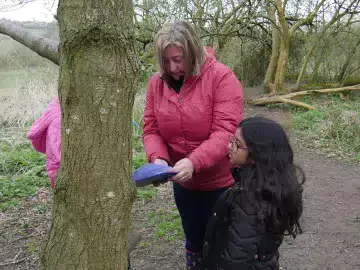
Record wildlife on your site
Begin activity